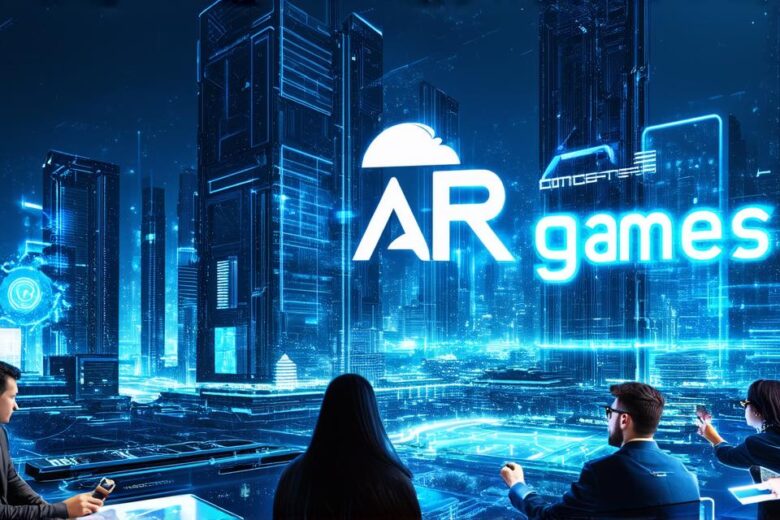As augmented reality (AR) technology continues to advance, it’s no surprise that AR games have become increasingly popular. These immersive and interactive experiences have the potential to engage users in a way that traditional games can’t. However, developing an AR game is not without its challenges. In this guide, we will explore some of the key methods for developing augmented reality games.
1. Define Your Game Concept
Before diving into the technical aspects of developing an AR game, it’s important to have a clear idea of what you want to achieve. This includes defining your game concept and identifying the target audience. Consider the type of experience you want to provide and what will make your game stand out from the competition.
2. Choose Your Development Platform
Once you have defined your game concept, it’s time to choose a development platform. There are several options available, including Unity, ARKit, and Vuforia. Each platform has its own strengths and weaknesses, so it’s important to research and choose the one that best fits your needs.
3. Design Your User Interface
The user interface (UI) of an AR game is crucial for ensuring a seamless and engaging experience for users. This includes designing the layout of the game, as well as the controls and interactions. Keep in mind that the UI should be intuitive and easy to navigate, as users will be interacting with their surroundings in real-time.
4. Develop Your Game Logic
The game logic is the code that drives the behavior of your AR game. This includes defining the rules of the game, creating the AI for non-player characters (NPCs), and managing user input. It’s important to test and debug your game logic thoroughly to ensure that it is functioning as intended.
5. Integrate AR Features
One of the key features of an AR game is the ability to overlay digital content onto the real world. This includes integrating tracking technology, such as GPS or computer vision, to accurately track the user’s location and movements. It also involves designing and implementing the graphics and animations that will be displayed in the AR environment.
6. Test and Optimize Your Game
Once your AR game is complete, it’s important to test it thoroughly to ensure that it is functioning as intended. This includes testing on different devices and platforms, as well as optimizing the game for performance and battery life. It’s also important to gather feedback from users and make adjustments as needed to improve the overall experience.
7. Publish and Promote Your Game
The final step in developing an AR game is to publish and promote it to your target audience. This includes submitting your game to app stores, creating marketing materials, and leveraging social media and other online channels to reach potential users. It’s important to have a clear understanding of your target market and how to effectively reach them.
Case Study: Pokemon Go
Pokemon Go is one of the most successful AR games to date, with over 500 million downloads worldwide. The game was developed by Nintendo in partnership with Niantic, and it was released in 2016. One of the key factors in its success was its ability to tap into the existing Pokemon franchise and appeal to a wide range of users.

The game uses AR technology to allow players to catch and train virtual creatures called “Pokemon” in real-world environments. Players must explore their surroundings to find hidden Pokemon, battle other trainers, and complete challenges. The game also features social elements, allowing players to trade Pokemon and compete with friends.
Pokemon Go was a massive hit, generating over $2 billion in revenue within its first year of release. Its success can be attributed to several factors, including its engaging gameplay, strong branding, and effective marketing campaigns.
Expert Opinion: “AR Games Have the Potential to Revolutionize Gaming”
According to Dr. Richard Devine, a professor of interactive entertainment at the University of California, Santa Cruz, AR games have the potential to revolutionize the gaming industry.
